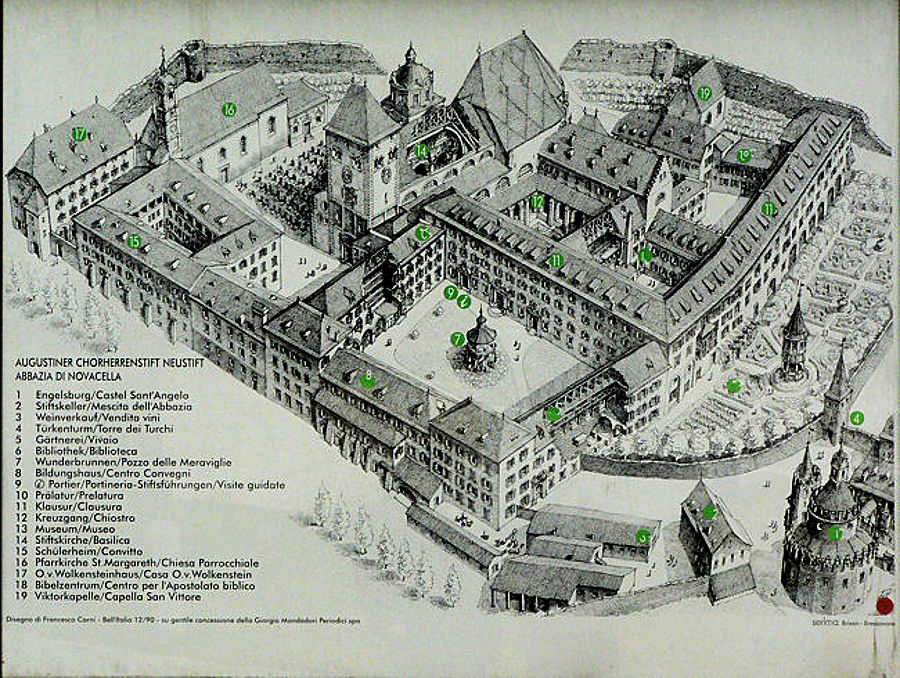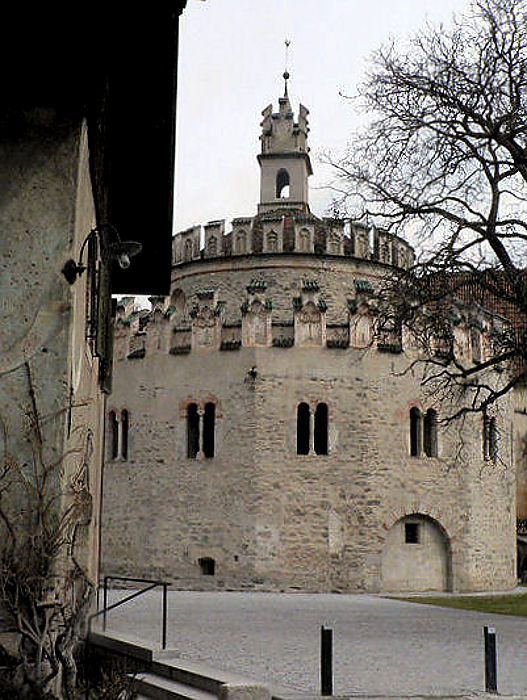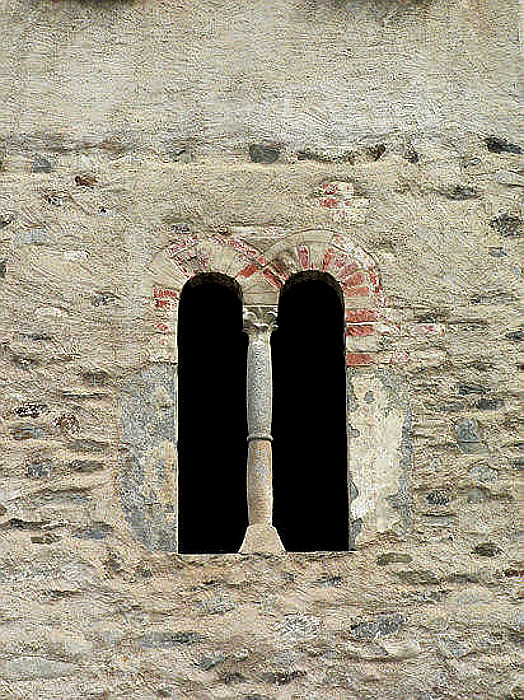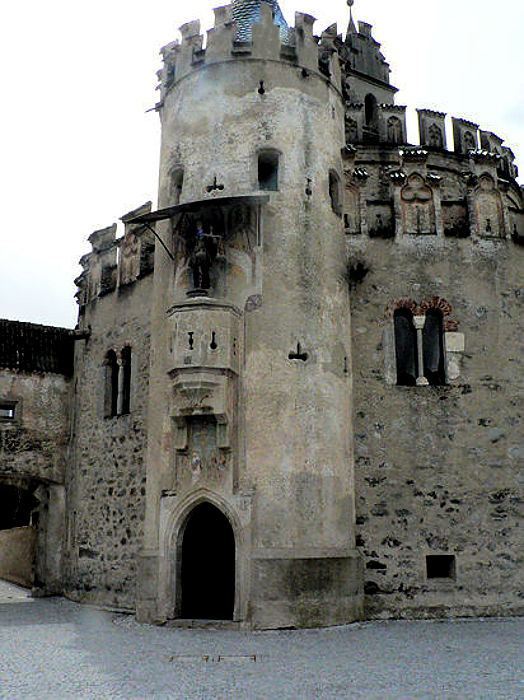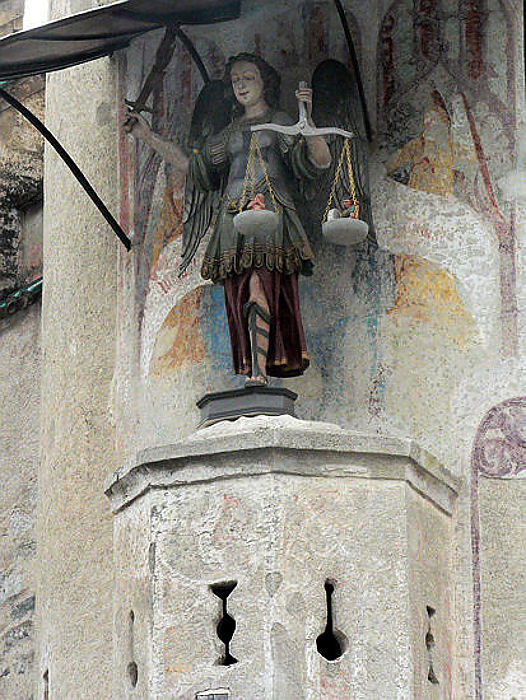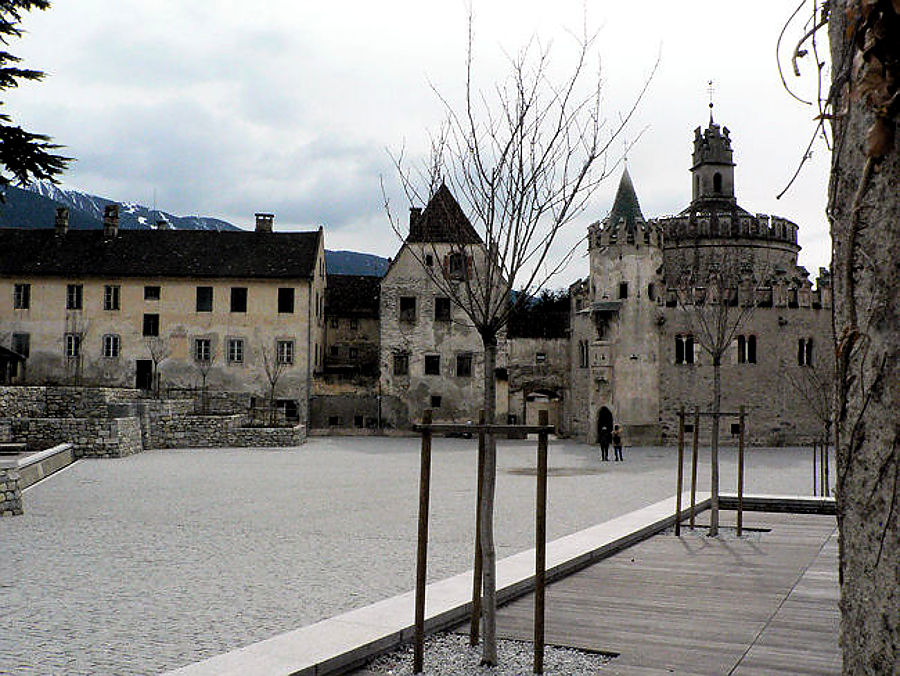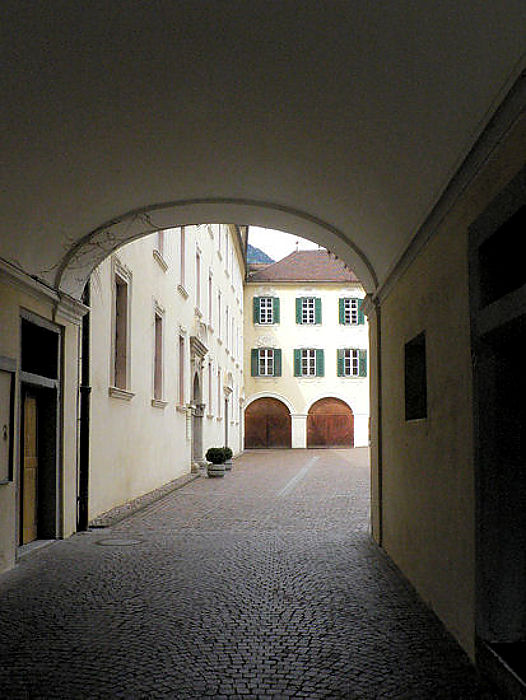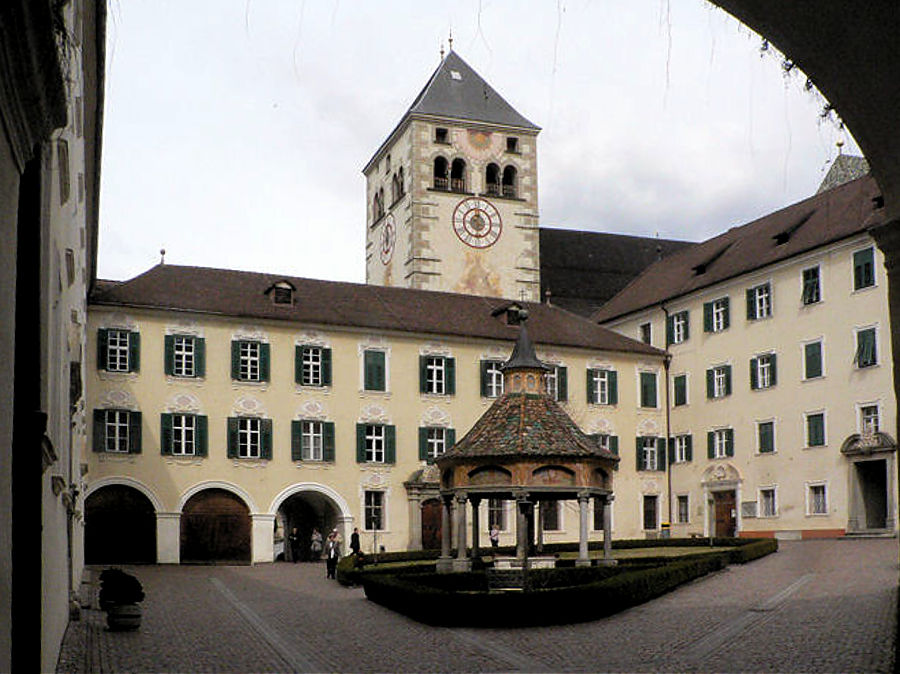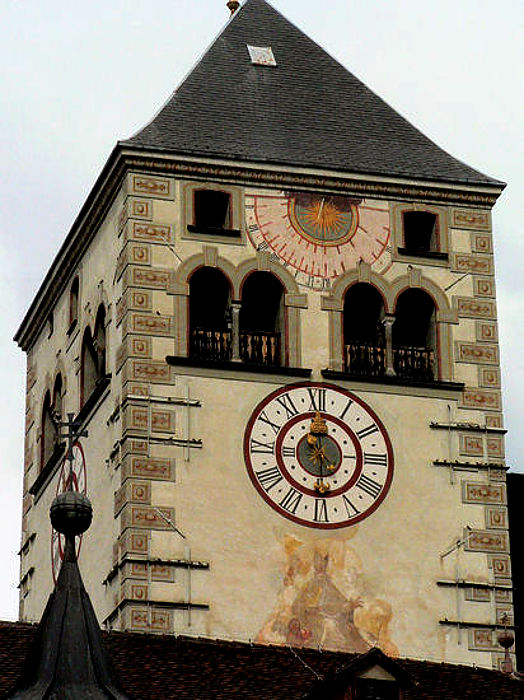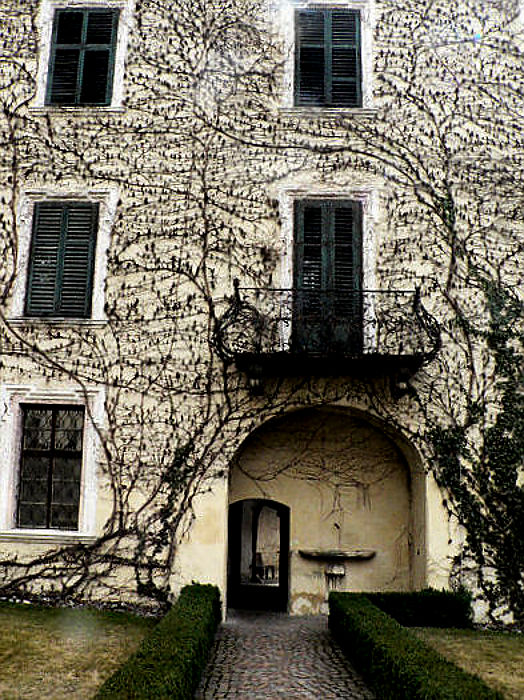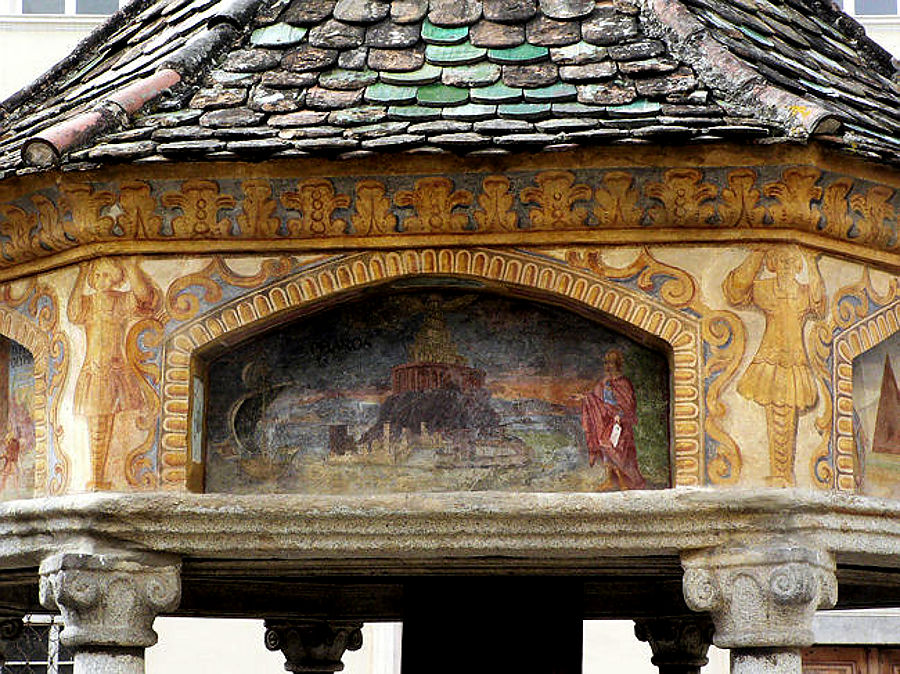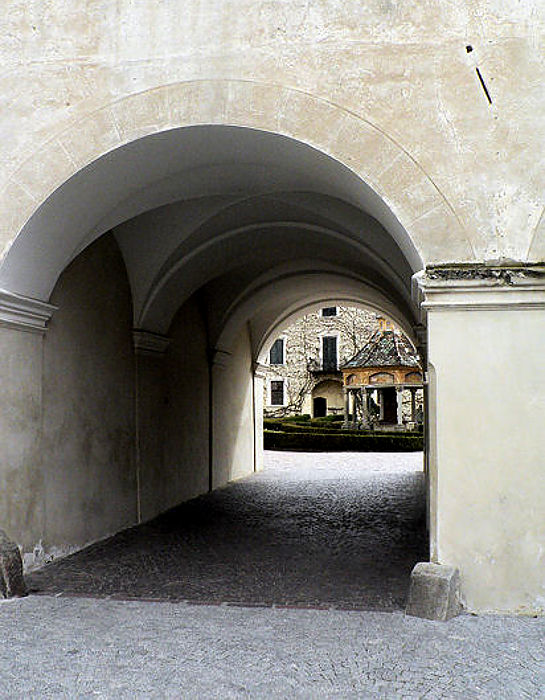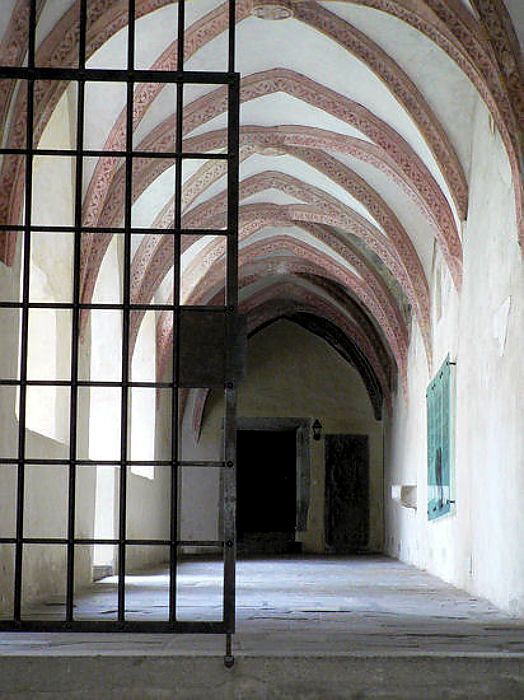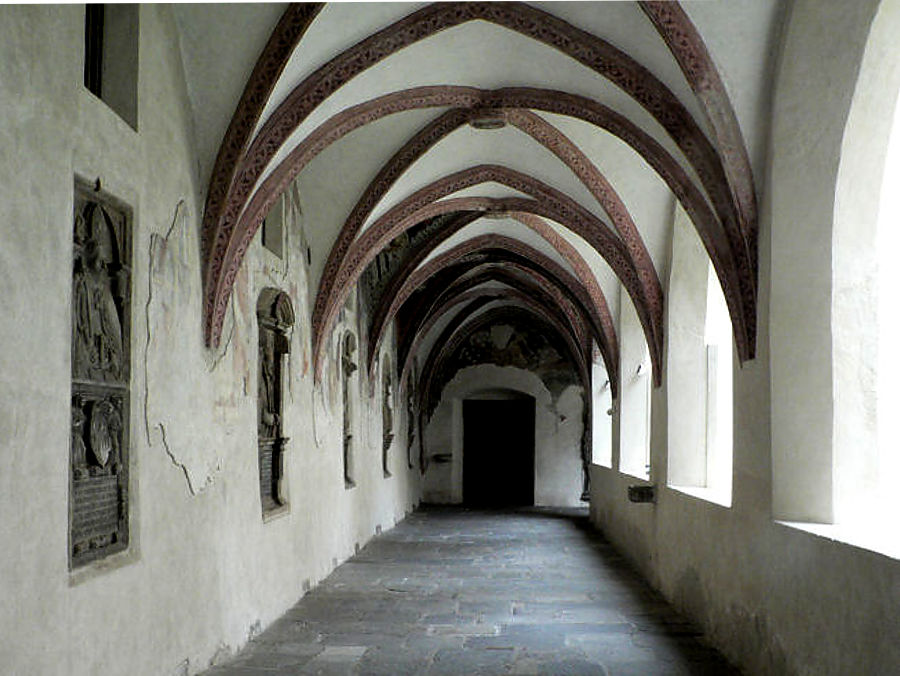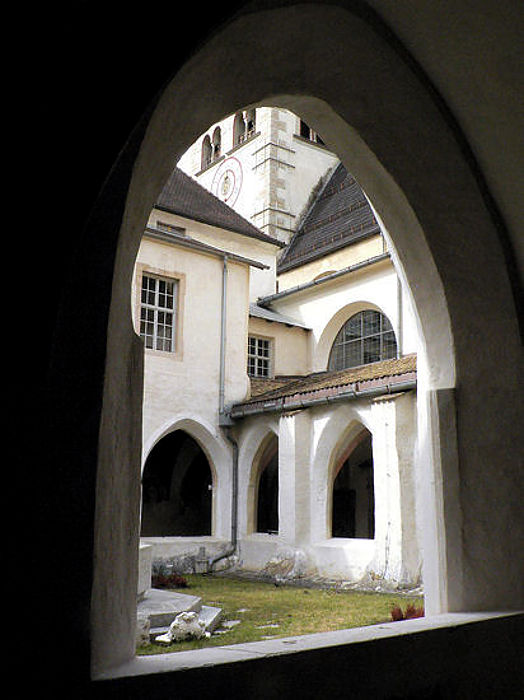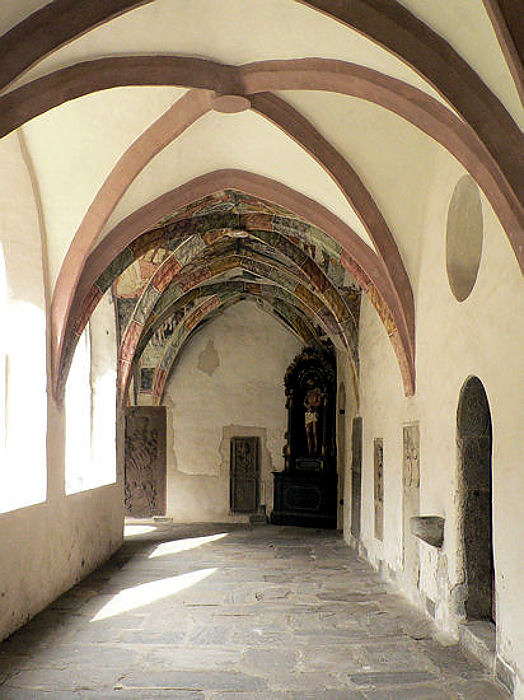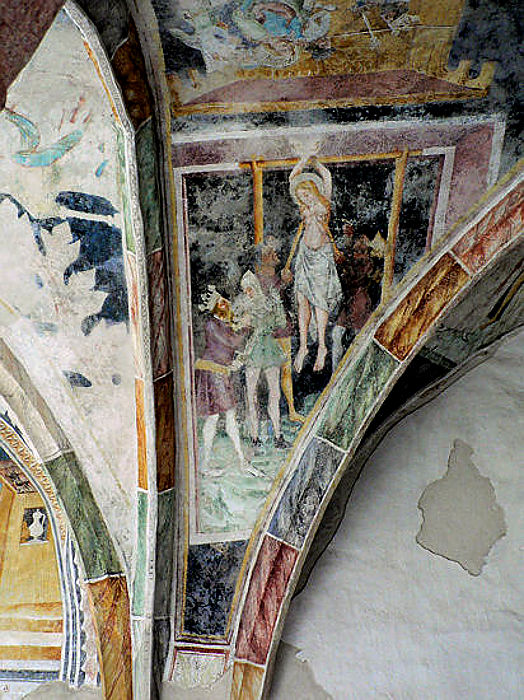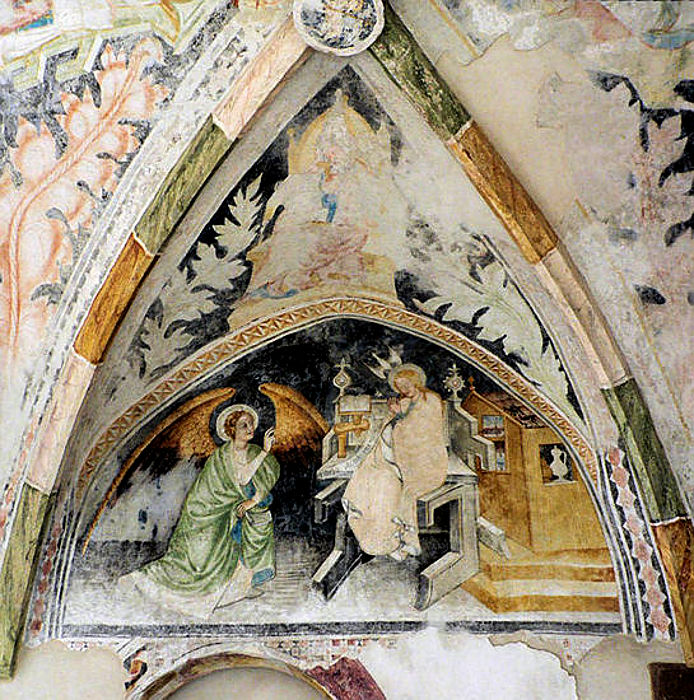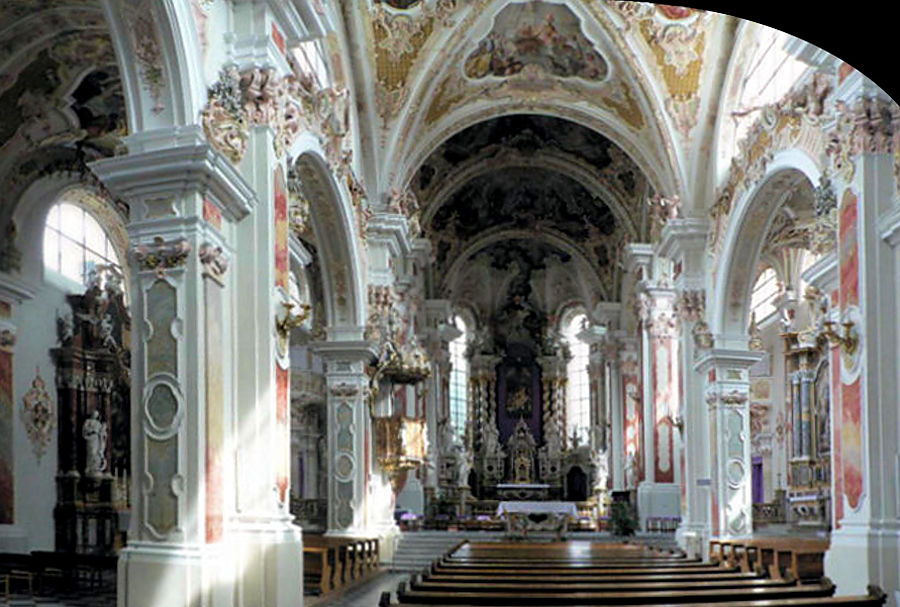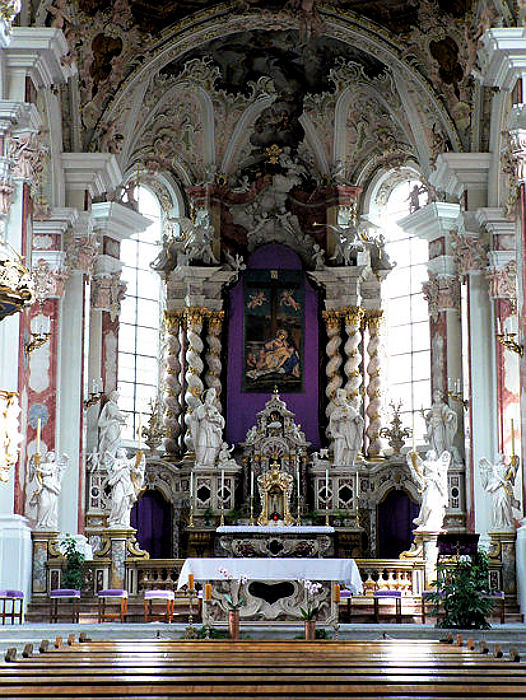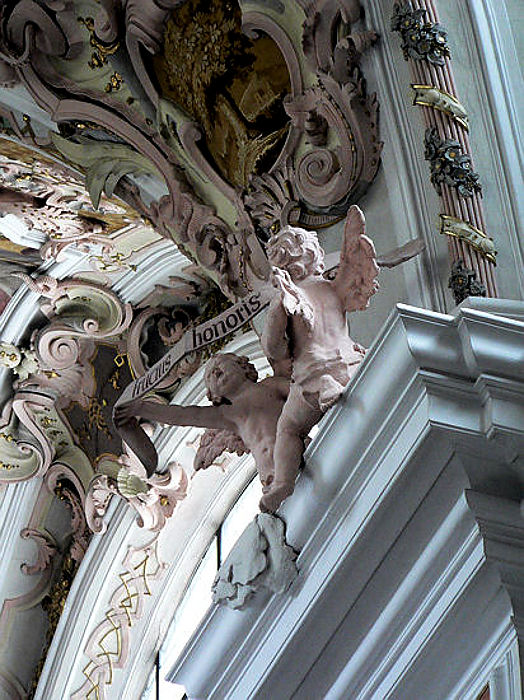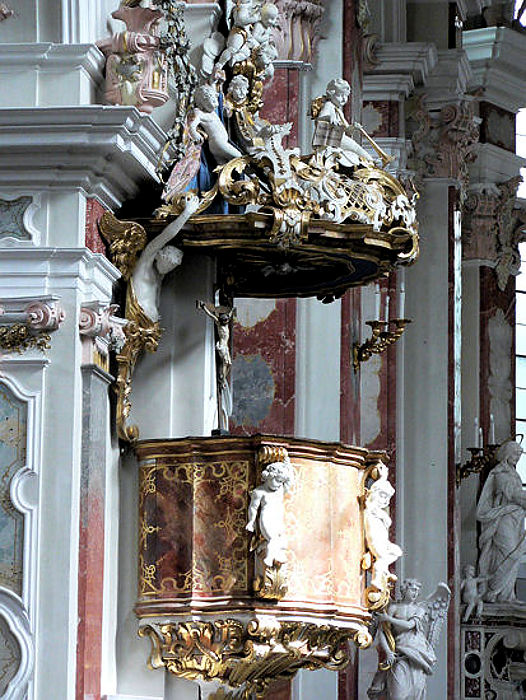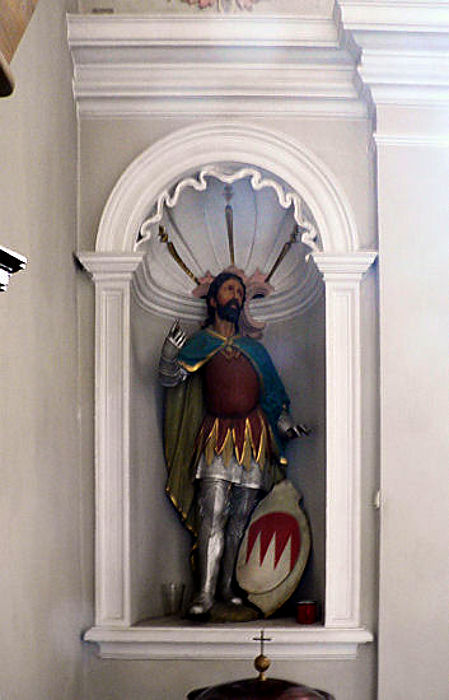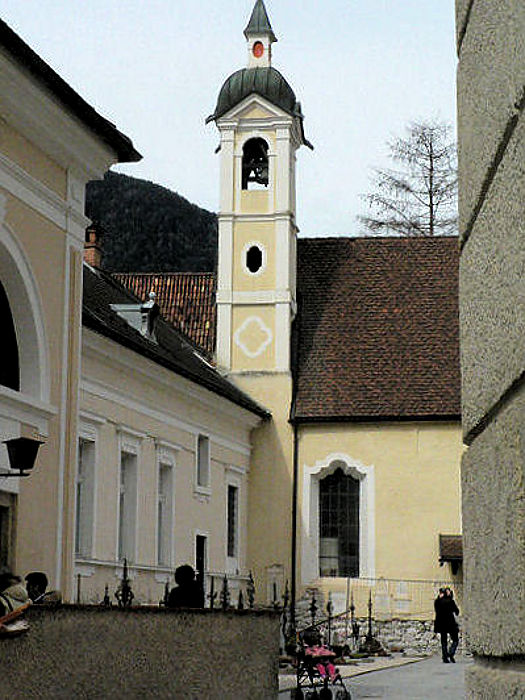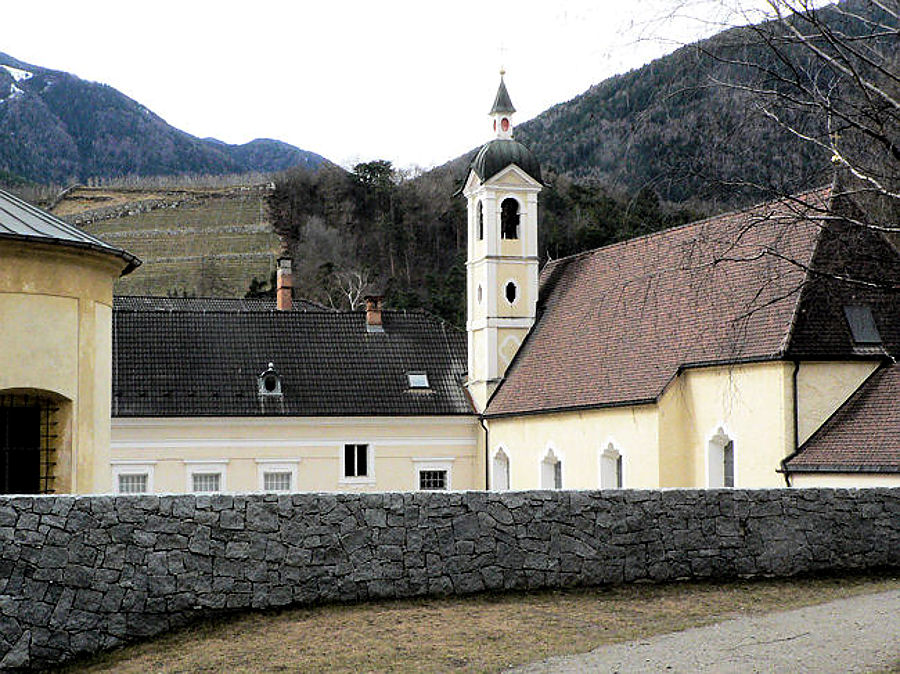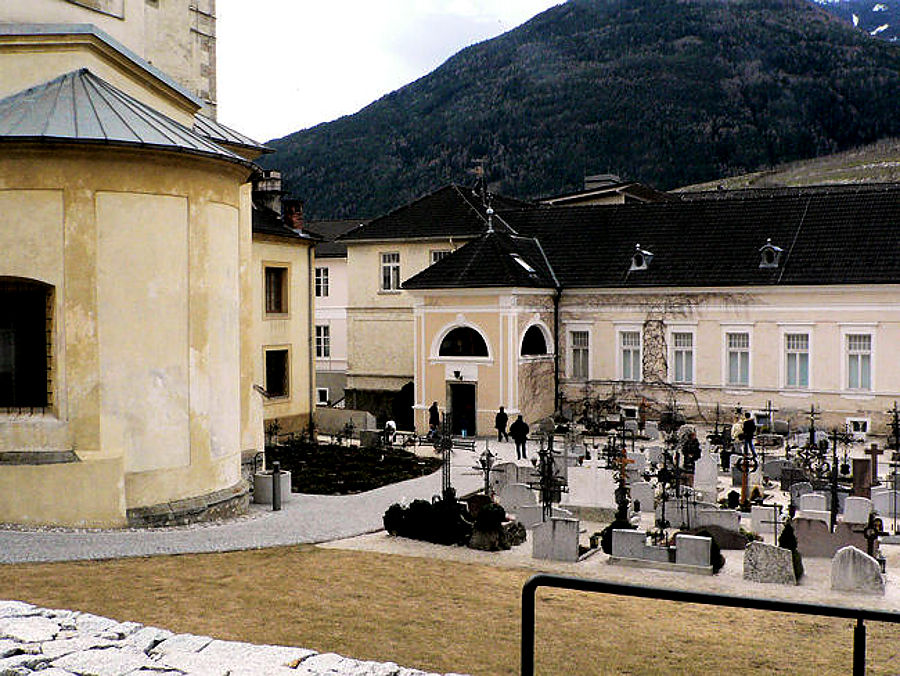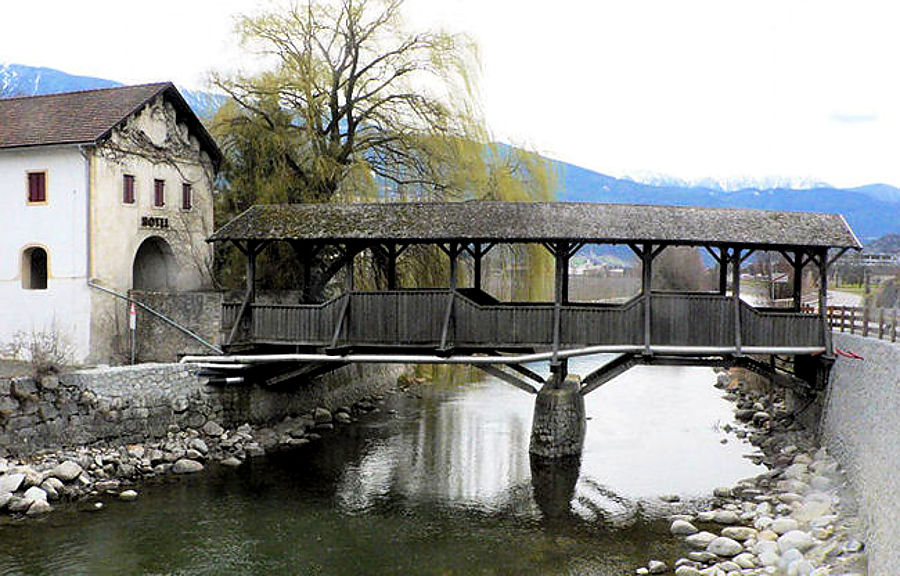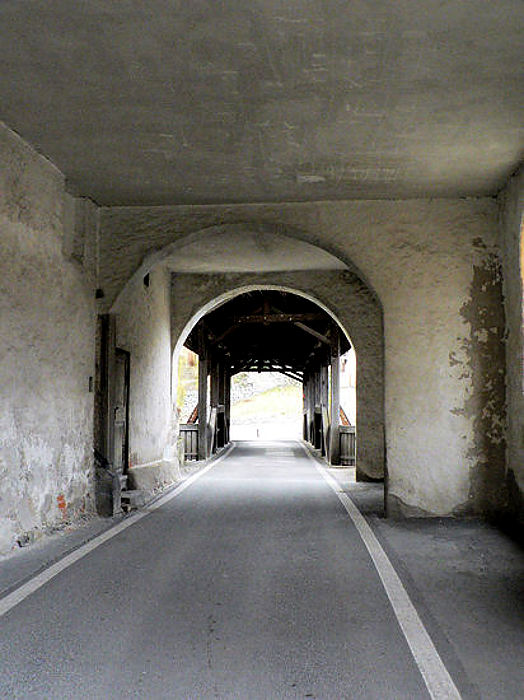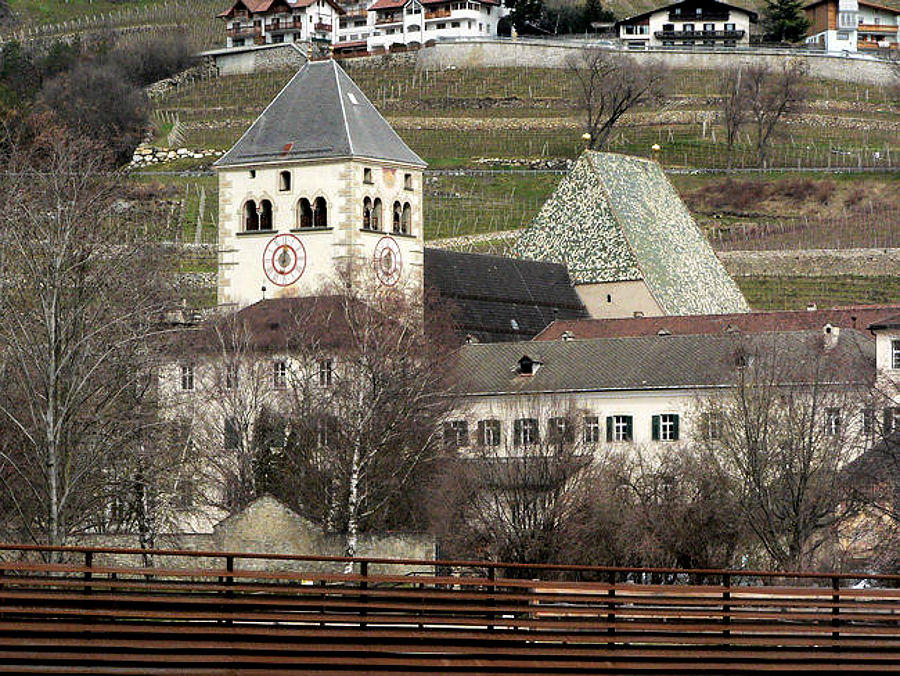|
On the orographic left of the Isarco river a few kilometres from Bressanone, the Augustinian abbey is one of the places not to miss since it is one of the most relevant abbeys of northern Italy and of the Alps, and a majestic complex of religious and civil buildings.
|
|
A little history
It was founded in 1142 by the bishop Blessed Hartmann (Bressanone diocese) with the aid of Reginbert, the Sabbiona burgrave (north of Chiusa), and of his wife.
The complex was more than once rebuilt and widened up to the end of 1700.
Following the dissolution of the religious orders (secularization) carried out by the French Revolution and Napoleon many abbeys in Europe were suppressed. The Abbey of Novacella was suppressed by the Bavarian government in 1807.
With the reunification of the Tyrol to Austria the abbey was restored and recovered its rights and possessions following the edict of the Emperor Francis I in 1816.
Nowadays, as per their millenary tradition, the monks look after the youth education.
Actually the abbey houses a middle school college and from 1970 a congress centre.
Moreover there are a centre for the tourism pastorate and the biblical apostolate and an ecological centre founded in 1988.
The buildings of the complex
Once reached through a little covered bridge, the walled complex is composed by several buildings of various ages and different styles (Romanesque, Gothic, Baroque and Rococo) harmoniously mixed in a well-defined space.
To this day Novacella shows the 12th century original layout.
The Santa Maria Assunta church, typical example of alpine and Bavarian Baroque, was completely redone by Giuseppe Delai in ‘700. The church is enriched by several valuable paintings and frescoes.
In the middle of the main court there is the Renaissance well, called the “Wonders well” because the overhanging octagonal aedicule reproduces the seven wonders of the Ancient World and (in the eighth side) the very same abbey.
Furthermore is to be noted the Alto Adige Baroque library with its collection of about 65.000 books (among them the smallest in the world) and the San Michele chapel, called the Angel castle, a Romanesque rotunda well preserved in spite of the later repairing.
The wines of Novacella
Placed in the extreme northern Italian wine-producing area at an altitude between 600m (1968 ft) and 900m (2952 ft), the fresh climate and the ground rich in minerals facilitates the optimal development of the flavours of the typical white wines of the Isarco Valley as the Sylvaner, the Müller Thurgau, the Kerner, the Gewürztraminer and the Veltliner.
Valley as the Sylvaner, the Müller Thurgau, the Kerner, the Gewürztraminer and the Veltliner.
For more info:
Novacella Abbey
wikipedia: Abbazia di Novacella
|



